Decoupled vs. Headless CMS: Which One is Right for Your Project?

Introduction
Managing a digital content has never been more complex. Businesses today need to deliver content seamlessly across multiple platforms—websites, mobile apps, smart devices, and even IoT applications. However, traditional Content Management Systems (CMS) often struggle to keep up with these demands, leading to slow performance, rigid structures, and limitations in content distribution.
This is where decoupled CMS and headless CMS come into play. Both offer more flexibility and scalability than traditional CMS solutions, but choosing between them can be tricky. Which one is right for your project? In this blog, we’ll break down the key differences, discuss their advantages and limitations, and help you determine the best fit for your business.
The Problem: Traditional CMS Limitations in a Multi-Platform World
A traditional CMS like WordPress or Drupal is great for simple websites but struggles with modern content distribution. Some of the biggest challenges include:
Tightly Coupled Backend and Frontend – Most traditional CMS platforms bundle content management and front-end delivery together, making it difficult to use content across different platforms.
Limited Flexibility – Developers often find themselves constrained by pre-built themes and templates that don’t allow for full customization.
Poor Multi-Platform Support – If you need to push content to a mobile app, social media, or IoT devices, a traditional CMS can make that process complicated and inefficient.
Performance Issues – As content grows, traditional CMS platforms can slow down, especially when dealing with dynamic content updates across various platforms.
With digital experiences expanding beyond just websites, businesses need a CMS that offers content freedom and developer flexibility. This is where decoupled and headless CMS solutions step in.
What is a Decoupled CMS?
A decoupled CMS separates the backend (where content is managed) from the frontend (where content is displayed), but still provides a default front-end delivery system. This means you can:
Manage content independently from its presentation layer.
Use APIs to deliver content while still having an optional pre-built frontend.
Preview content before publishing, which is beneficial for marketing teams.
Pros of Decoupled CMS
Faster setup since the CMS comes with a pre-built front-end.
API-driven content delivery allows for multi-platform support.
Ideal for teams that need API flexibility but also want a traditional CMS experience.
Cons of Decoupled CMS
Less flexible than a headless CMS since the pre-built frontend can limit customization.
Can be more complex than a traditional CMS without offering full development freedom.
A decoupled CMS is a good middle-ground option for businesses that want API-based content management but still need a built-in frontend for easier deployment.
What is a Headless CMS?
A headless CMS takes decoupling a step further by completely separating content management from the frontend. It delivers content purely via APIs, meaning developers have full control over how and where the content is displayed.
This approach allows businesses to:
Push content anywhere, including websites, mobile apps, smartwatches, and more.
Use any programming language or framework for the frontend.
Scale more efficiently, since content isn’t tied to a specific system.
Pros of Headless CMS
Maximum flexibility—use content across any platform.
Future-proof and scalable for new technologies.
Faster performance since content is delivered through optimized APIs.
Cons of Headless CMS
Requires more development effort compared to a traditional or decoupled CMS.
No built-in frontend means non-technical users may find it harder to visualize content before publishing.
For businesses that need ultimate flexibility and multi-platform content delivery, a headless CMS is the best option.
If you're comparing top headless CMS platforms, check out our detailed breakdown of Comparing Orbitype with Storyblok: Which Headless CMS Fits Your Needs to see which platform offers the best balance of flexibility and ease of use.
Which CMS is Easier to Use?
One major factor in deciding between a decoupled and headless CMS is ease of use. While both offer flexibility, their usability depends on your team’s technical expertise and project requirements.
Decoupled CMS: Easier to use for content editors, as it comes with a pre-built frontend. Content teams can preview changes before publishing, making it a great fit for marketing-driven teams.
Headless CMS: More technical and requires front-end development, but offers greater control over content delivery. It’s ideal for teams that prioritize customization and want to push content across multiple platforms.
If your team includes marketers and content creators who need visual previews, a decoupled CMS is a safer choice. If your project is developer-driven and requires advanced customization, a headless CMS is the better fit.
When to Choose a Decoupled CMS
A decoupled CMS is a great choice if:
You need more flexibility than a traditional CMS but don’t want to fully separate the frontend.
Your team includes non-technical content editors who need content previews.
You plan to integrate content via APIs but still want an out-of-the-box frontend solution.
Your primary focus is managing a website, with some API-based content distribution.
When to Choose a Headless CMS
A headless CMS is the best fit if:
You need complete flexibility to manage content across multiple platforms (e.g., websites, mobile apps, smart devices).
Your business is focused on scalability and future-proofing, ensuring content remains reusable.
Your development team wants full control over the frontend without being tied to a specific CMS framework.
Your business model involves personalized user experiences, requiring advanced customization.
Which CMS is Right for Your Project?
The decision ultimately comes down to how much flexibility you need and your team’s technical capabilities:
If you need a balance between flexibility and ease of use, go with a decoupled CMS.
If you need a scalable, future-proof solution with full development freedom, choose a headless CMS.
Both offer significant advantages over traditional CMS platforms, but for businesses looking to build multi-platform digital experiences, scale efficiently, and future-proof content delivery, a headless CMS is often the better long-term investment.
React developers often struggle with traditional CMS limitations. Learn how switching to a headless CMS can transform your workflow in our article on Why React Developers Are Switching to Headless CMS for Content Management.
Conclusion
Choosing between a decoupled and headless CMS depends on your business needs. If you need some API flexibility but want a built-in frontend, a decoupled CMS is a solid choice. But if you’re looking for maximum control, future scalability, and content that works across multiple platforms, a headless CMS is the way to go.
For businesses and developers looking for a powerful, scalable headless CMS, Orbitype provides seamless API-driven content management, fast performance, and complete developer flexibility.
Ready to experience the next level of content management? Try Orbitype for free today by registering here. Learn more on our website or connect with our community on Discord. Stay updated by following us on YouTube, Twitter, LinkedIn, Instagram, and Facebook.
Read more
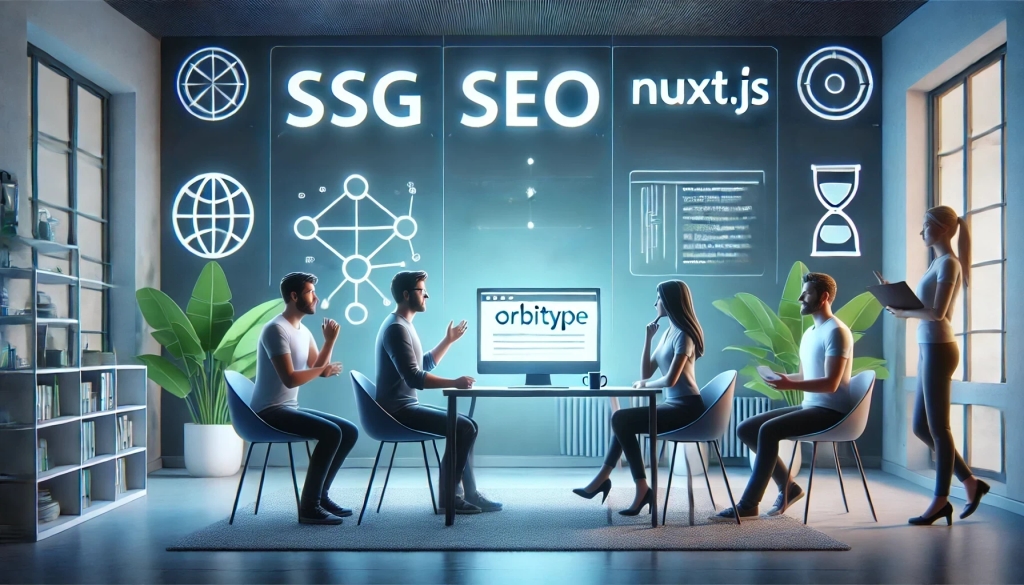
Integrating Orbitype with Nuxt.js for Optimal Performance and SEO
Leveraging Orbitype, a robust headless CMS, with Nuxt.js, a Vue.js framework, provides developers a powerful solution for building fast, SEO-optimized websites. This blog post explores how the integration of Orbitype and Nuxt.js harnesses the benefits of static site generation (SSG) and server-side rendering (SSR), thanks to Orbitype's API-driven content management system.
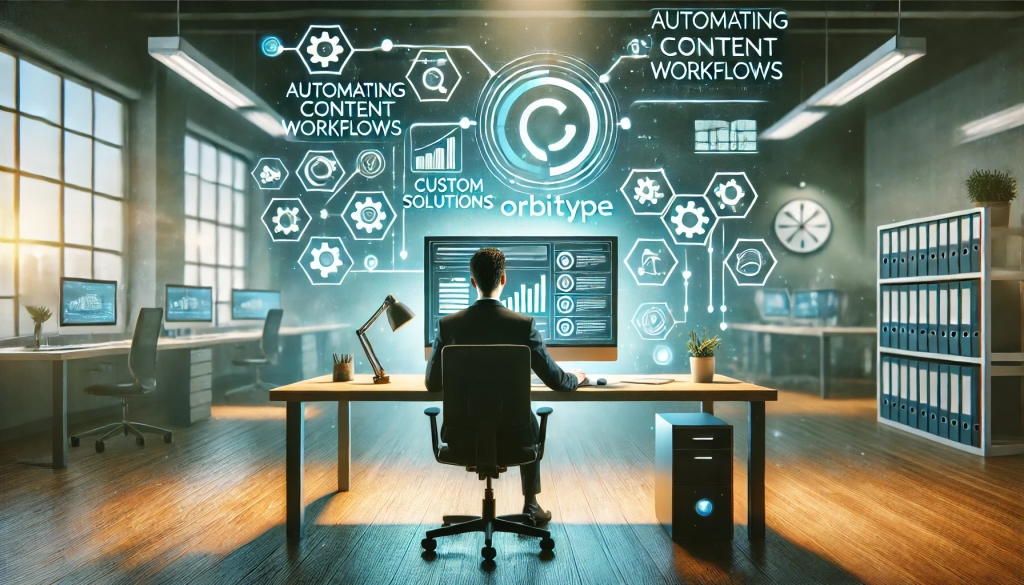
Automating Content Workflows with Orbitype’s Custom Solutions
Discover how Orbitype's custom CRM and ERP solutions revolutionize content workflows. Automate processes, reduce manual tasks, and improve productivity for software development agencies with tailored tools for seamless collaboration and efficiency.
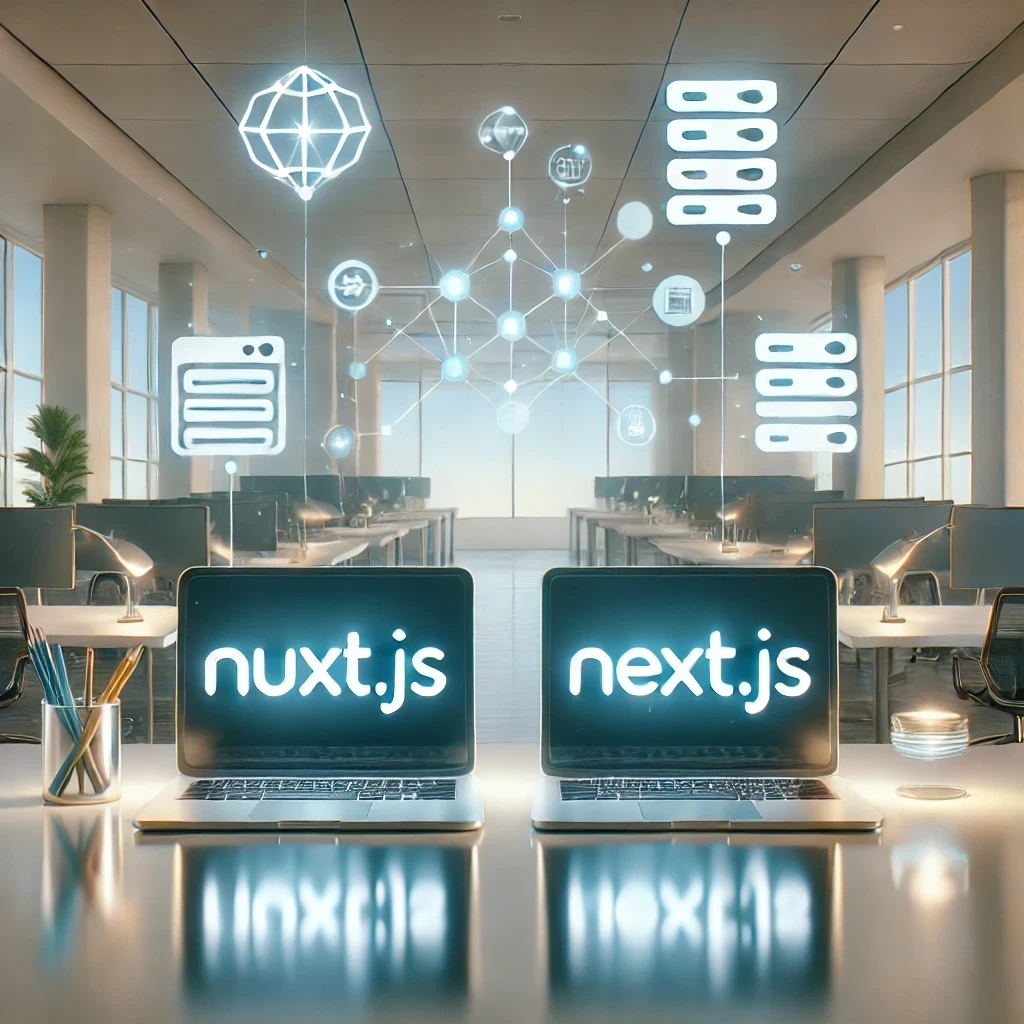
Nuxt vs Next: Which Framework Works Best with Headless CMS?
Compare Nuxt.js and Next.js to find the best frontend framework for your Headless CMS. Discover which offers better performance, scalability, and flexibility for dynamic web projects.
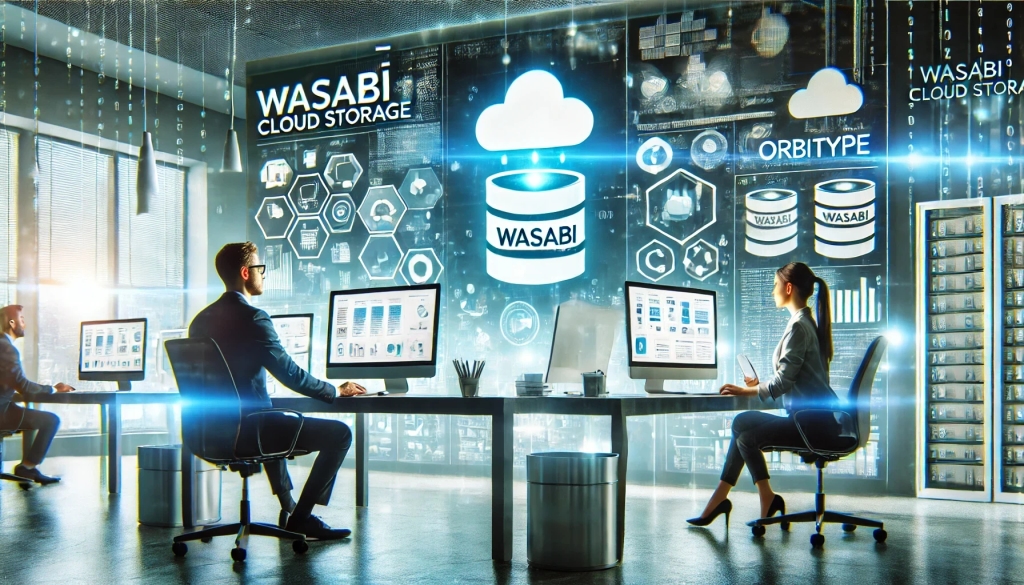
Seamless Data Management: Integrating Wasabi Cloud Storage with Orbitype
Boost your CMS performance with Wasabi Cloud Storage and Orbitype integration. Learn how this cost-effective, scalable solution enhances data management and delivers exceptional results.
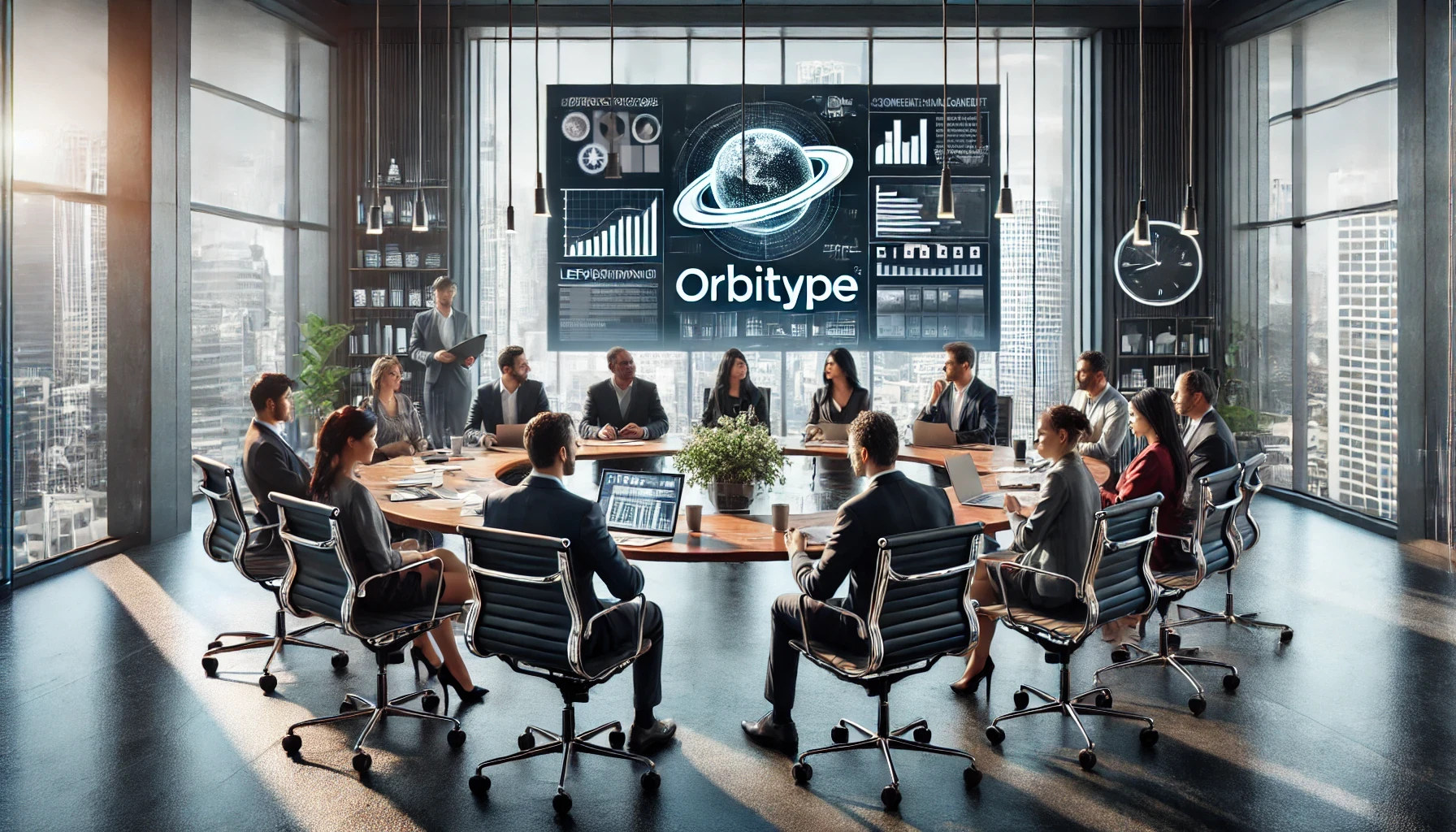
Leveraging Orbitype for Efficient Content Management in E-Commerce
nhance your e-commerce performance with Orbitype CMS. This scalable headless CMS simplifies content management, boosts SEO, and seamlessly integrates with Shopify, WooCommerce, and Magento for dynamic, flexible solutions.

Best Headless CMS Solutions for Portfolio and Personal Websites
Showcase your work with ease using Orbitype—the ultimate Headless CMS for portfolio and personal websites. Enjoy seamless integration, powerful customization, and SEO-friendly features designed for creators and developers.
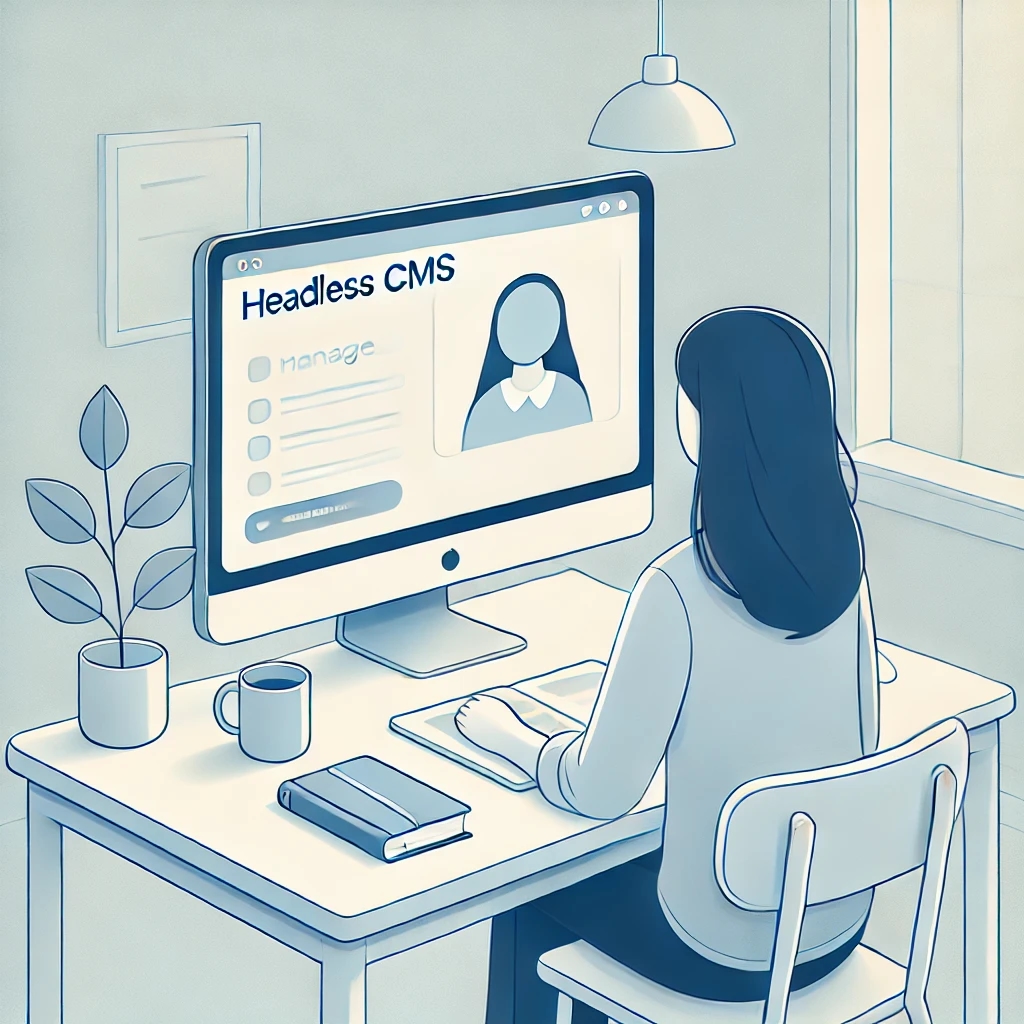
How Educational Institutions Benefit from Headless CMS for Online Learning
Enhance online learning with a Headless CMS. Discover how centralized content management, scalability, and seamless multi-channel access can transform educational platforms.

Mastering Third-Party Integrations with a Headless CMS for Efficient Workflows
Streamline workflows and scale your business with seamless third-party integrations using Orbitype's flexible headless CMS—designed for efficiency, automation, and growth.
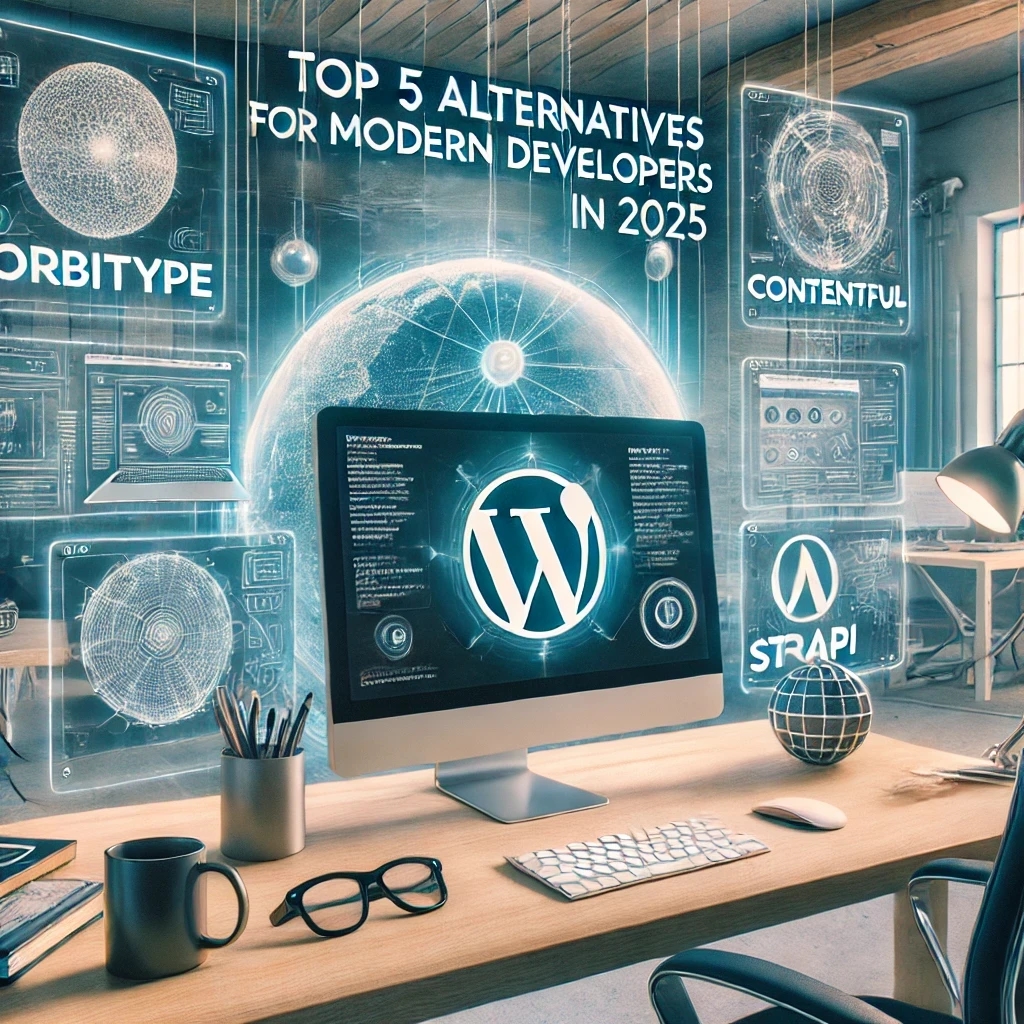
Top 5 Alternatives to WordPress for Modern Developers in 2025
Discover the top WordPress alternatives for 2025, including Orbitype, Contentful, and Strapi. Explore modern CMS platforms offering scalability, flexibility, and cutting-edge tools for developers.
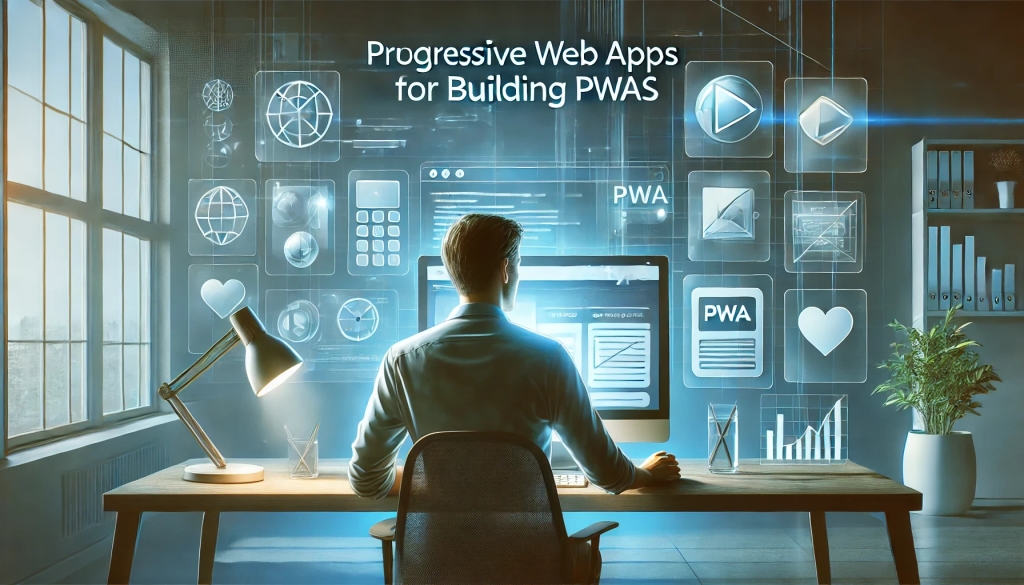
Building Progressive Web Apps (PWAs) with Orbitype
Explore how Orbitype enhances Progressive Web Apps (PWAs) with optimized performance, offline capabilities, and seamless content management for superior user experiences.

SQL or NoSQL: What's Best for Mobile Applications Using Orbitype?
Explore Orbitype, the ultimate headless CMS for React developers, offering seamless content management, enhanced performance, and flexibility to create dynamic web applications with ease. Learn how Orbitype simplifies workflows and boosts productivity.
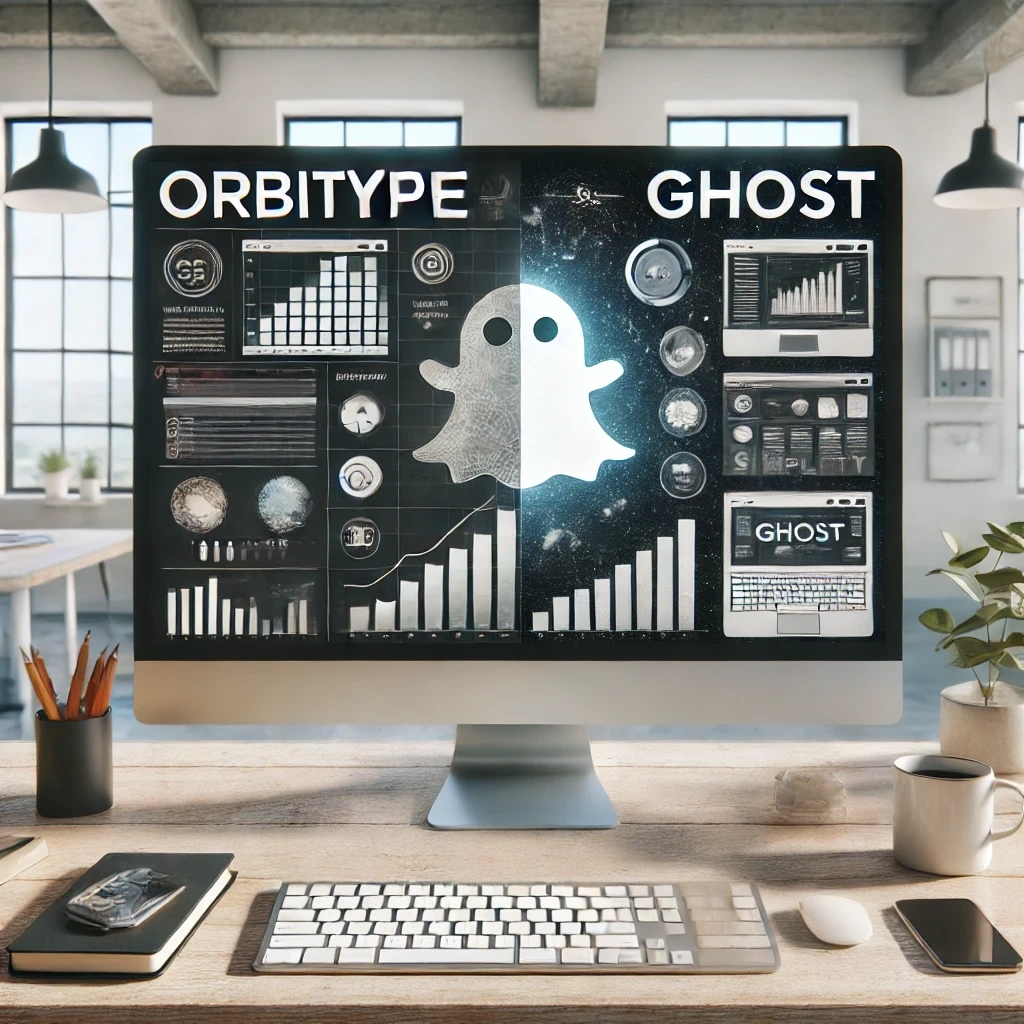
Comparing Orbitype and Ghost: Best CMS for Blogging in 2025
Compare Orbitype and Ghost to find the best CMS for blogging in 2025. Discover which platform suits your goals, from scalability to simplicity and dynamic content
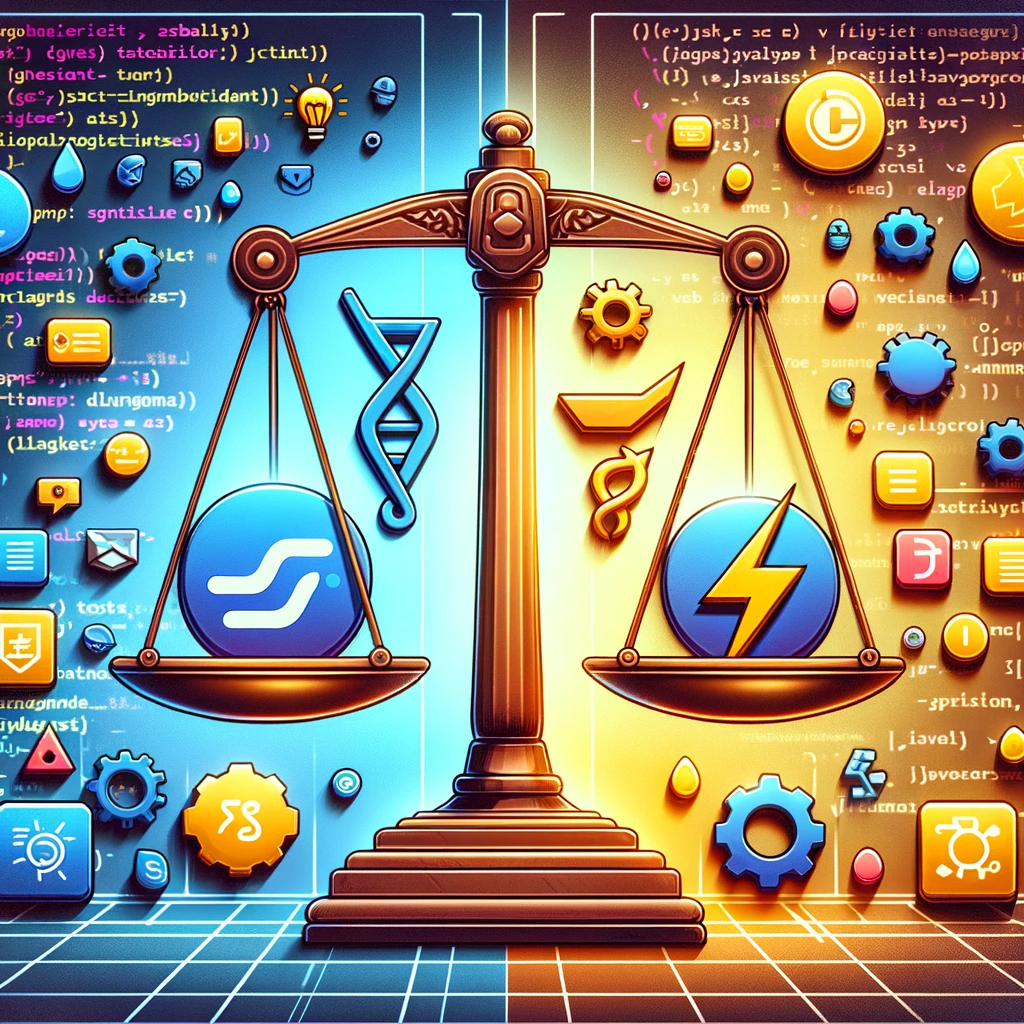
TypeScript vs. JavaScript
Discover the synergy between TypeScript and JavaScript for web development. Learn how Orbitype supports Nuxt CMS, headless CMS for Nuxt, and future-ready digital trends.

Security and Compliance in Headless CMS: Focus on Orbitype
Explore headless CMS security with Orbitype: advanced authentication, data encryption, and compliance with GDPR & CCPA. Learn best practices for secure CMS operations.

10 Tips for Optimizing Core Web Vitals in Headless CMS Websites
Discover 10 actionable tips to optimize Core Web Vitals for Headless CMS websites. Improve performance, SEO, and user experience with these essential strategies.
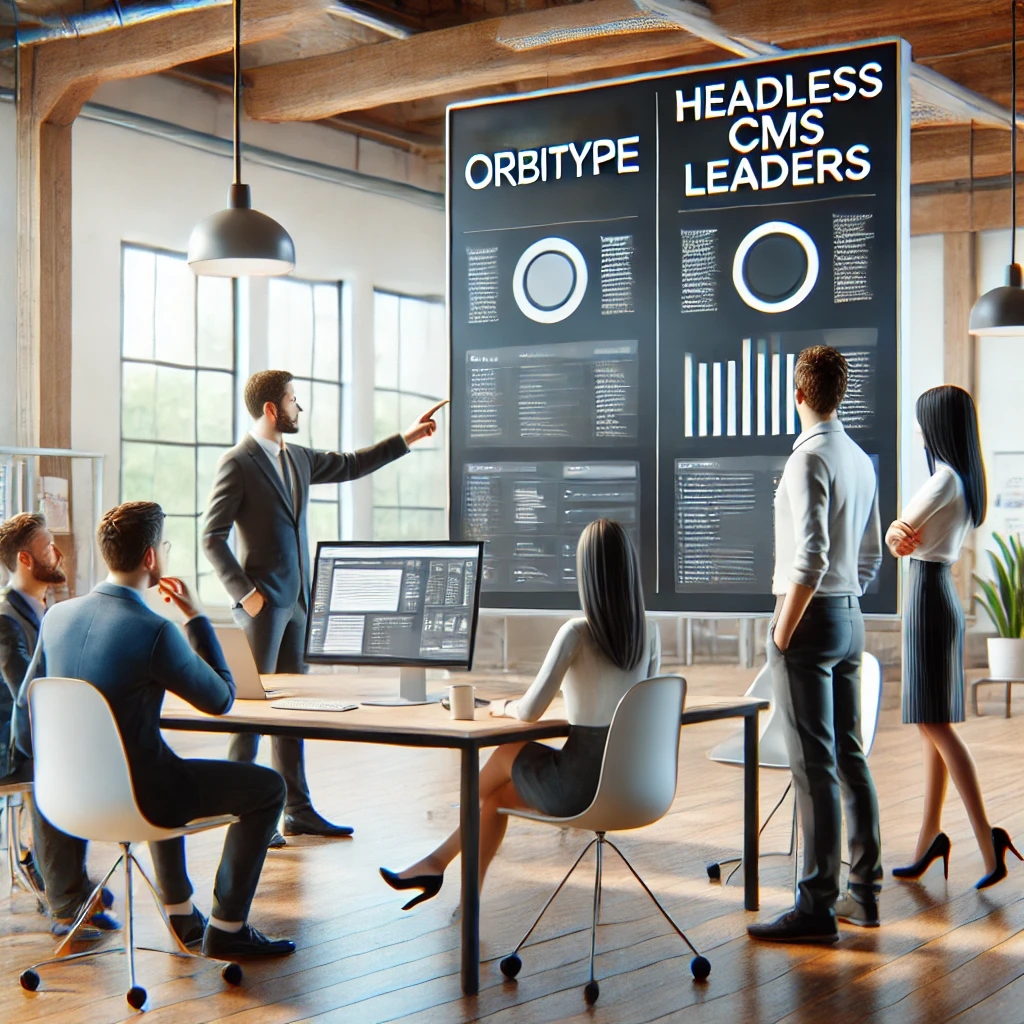
How Orbitype Compares to Headless CMS Leaders in 2025
Struggling to choose the best CMS? Discover how Orbitype compares to headless CMS leaders in 2025, solving complexity and scalability challenges with ease. Try Orbitype!

CMS for Vue.Js - Orbitype Headless CMS
Explore Orbitype, the best Headless CMS for Vue.js, offering seamless API integration, dynamic content management, and unmatched performance for interactive front-end development.
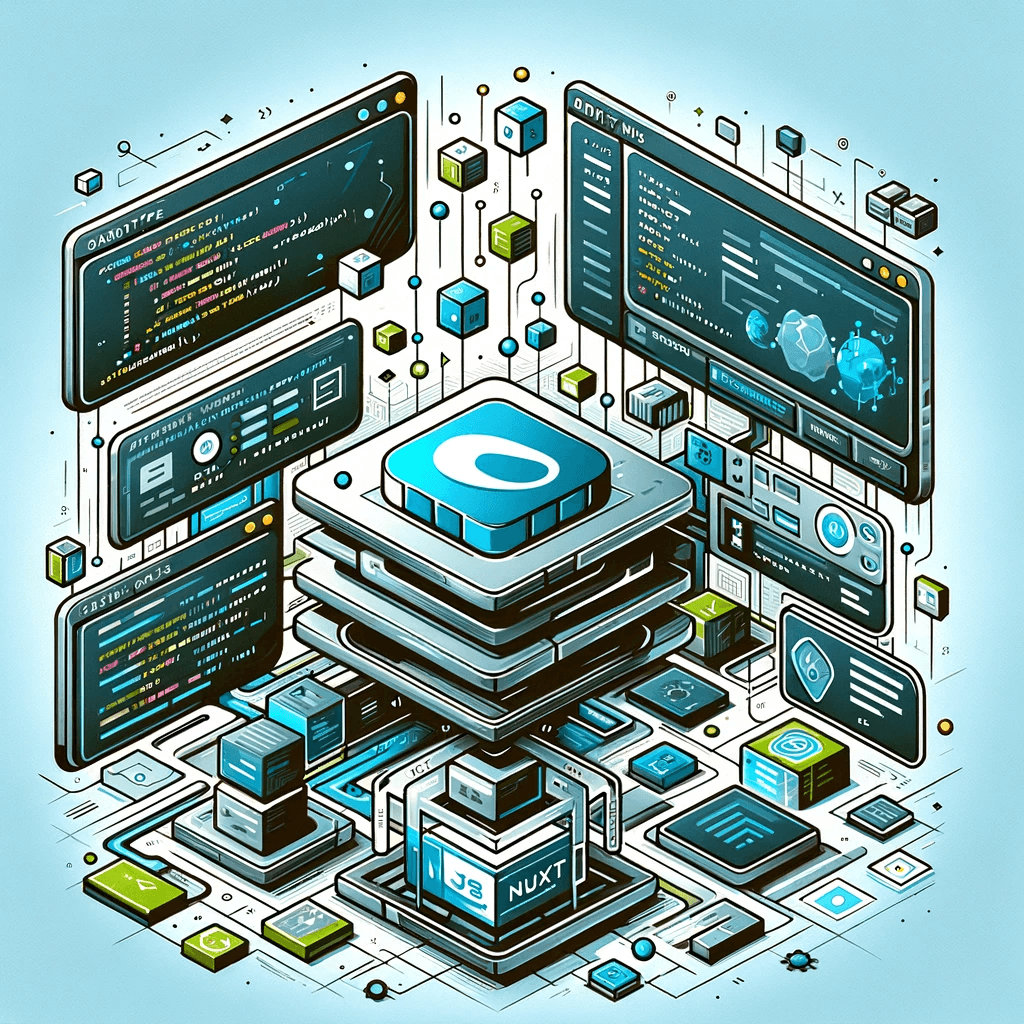
CMS for Nuxt - Orbitype Headless CMS
Optimize your Nuxt.js projects with Orbitype, the API-first Headless CMS offering scalable content management, multimedia repositories, and enhanced SEO for modern web applications.

Building High-Performance Vue Apps with a Headless CMS
Discover how to optimize Vue.js apps with a Headless CMS for high performance, scalability, and SEO. Learn best practices and tools for creating dynamic web apps.
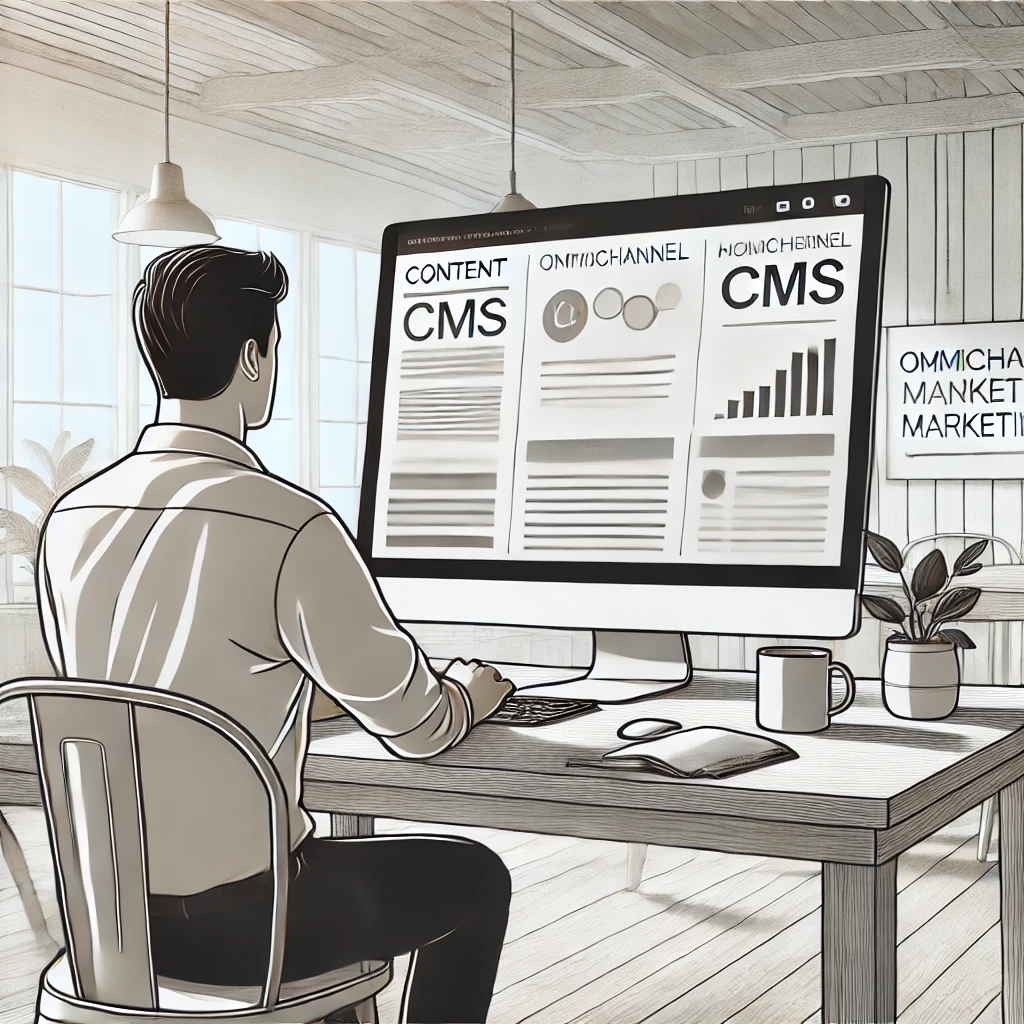
How Headless CMS Empowers Omnichannel Marketing Strategies
Boost your omnichannel marketing strategy with a Headless CMS. Centralize content management, deliver personalized customer experiences, and ensure consistency across platforms.
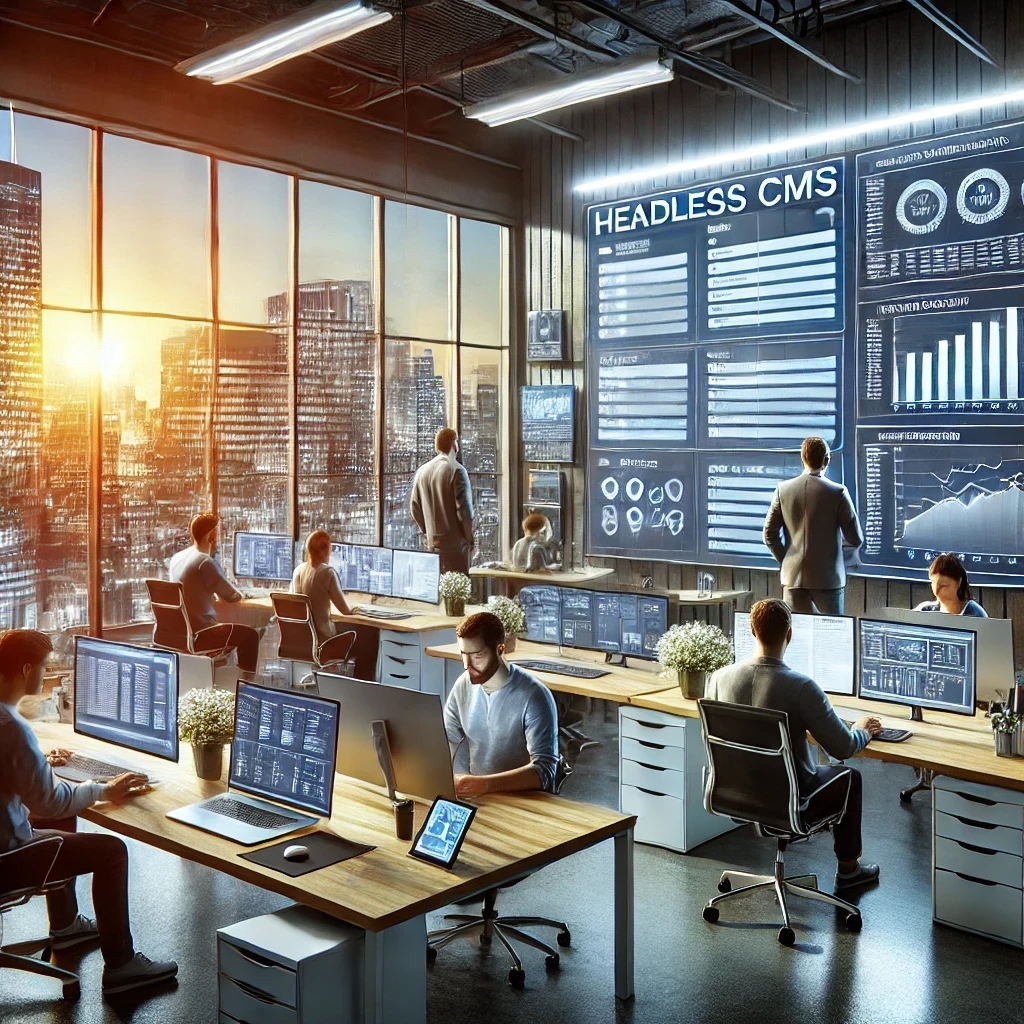
How to Scale Your Website with a Headless CMS for High Traffic
Scale your website effortlessly with a headless CMS like Orbitype—achieve faster load times, seamless scalability, and reliable performance during high-traffic surges

CMS for React - Orbitype Headless CMS
Orbitype is the ideal CMS for React developers, combining seamless API integration, flexible content management, and scalability to create fast, dynamic, and customizable web applications effortlessly.
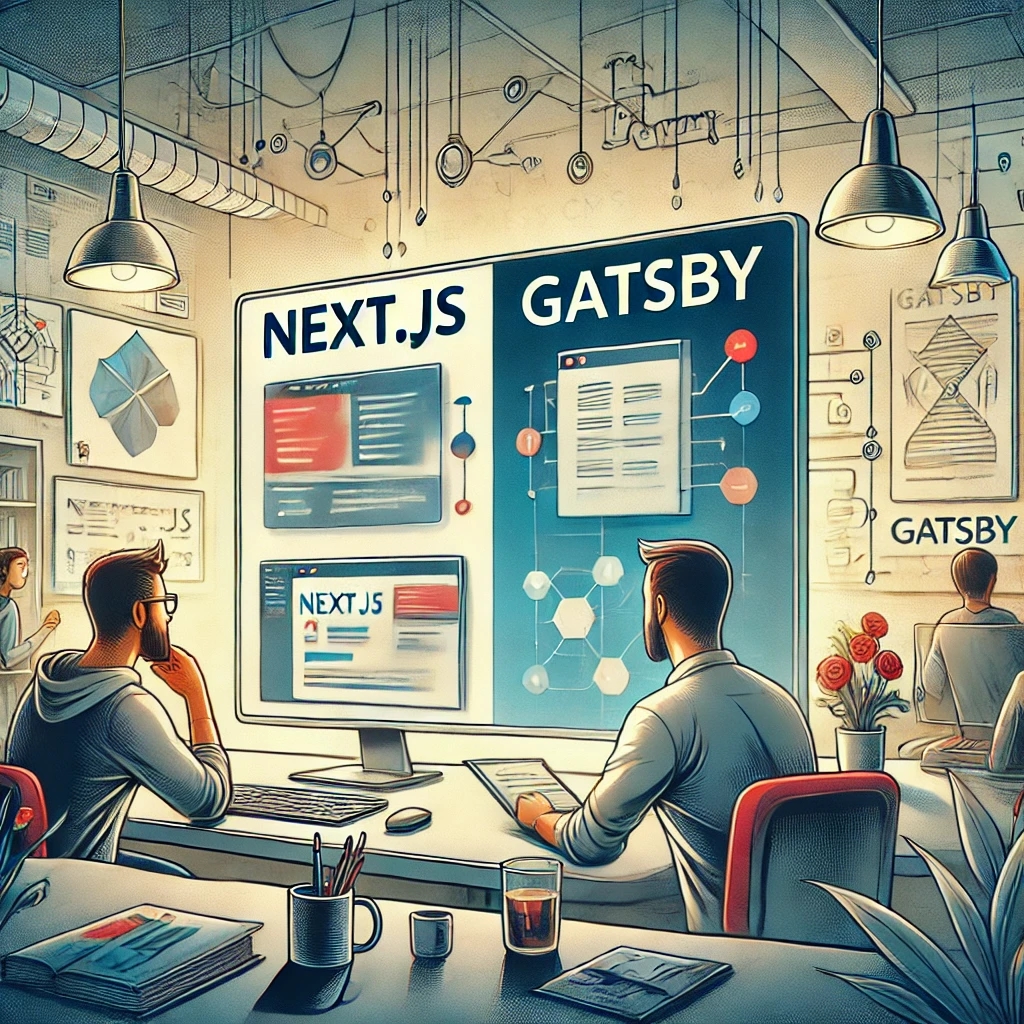
Next.js vs Gatsby: Which Works Best With a Headless CMS?
Choosing between Next.js and Gatsby can be challenging when working with a Headless CMS. This guide breaks down their strengths and helps you decide which framework works best for your dynamic or static content needs.

Using Orbitype for Large-Scale Content Migration
Content migration is a critical process in the lifecycle of digital platforms. It involves transferring content from one system to another, often from a legacy CMS to a more modern, flexible system like Orbitype. This process can be necessary for various reasons, including upgrading technology, improving user experience, consolidating multiple websites, or enhancing content management capabilities. Orbitype, a powerful headless CMS, offers unique features that make large-scale content migration efficient and seamless. This blog will guide you through the entire migration process, from pre-migration planning to post-migration activities.